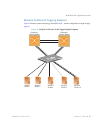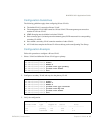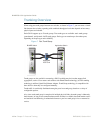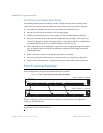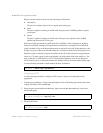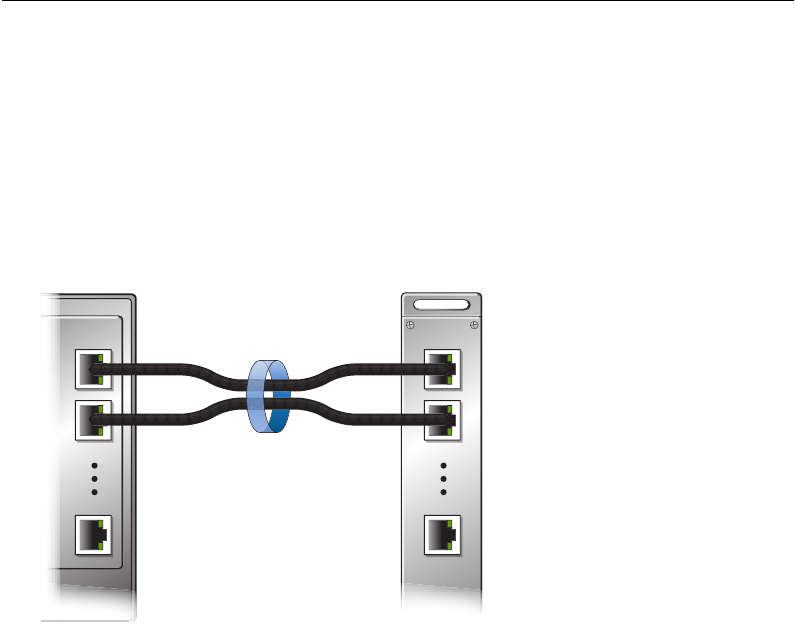
BLADEOS 6.5.2 Application Guide
102 Chapter 7: Ports and Trunking BMD00220, October 2010
Trunking Overview
When using port trunk groups between two switches, as shown in Figure 7, you can create a virtual
link between the switches, operating with combined throughput levels that depends on how many
physical ports are included.
Each G8124 supports up to 12 trunk groups. Two trunk types are available: static trunk groups
(portchannel), and dynamic LACP trunk groups. Each type can contain up to 8 member ports,
depending on the port type and availability.
Figure 7 Port Trunk Group
Trunk groups are also useful for connecting a G8124 to third-party devices that support link
aggregation, such as Cisco routers and switches with EtherChannel technology (not ISL trunking
technology) and Sun's Quad Fast Ethernet Adapter. Trunk Group technology is compatible with
these devices when they are configured manually.
Trunk traffic is statistically distributed among the ports in a trunk group, based on a variety of
configurable options.
Also, since each trunk group is comprised of multiple physical links, the trunk group is inherently
fault tolerant. As long as one connection between the switches is available, the trunk remains active
and statistical load balancing is maintained whenever a port in a trunk group is lost or returned to
service.
Application Switch
Aggregate
Port Trunk
BLADE Switch




